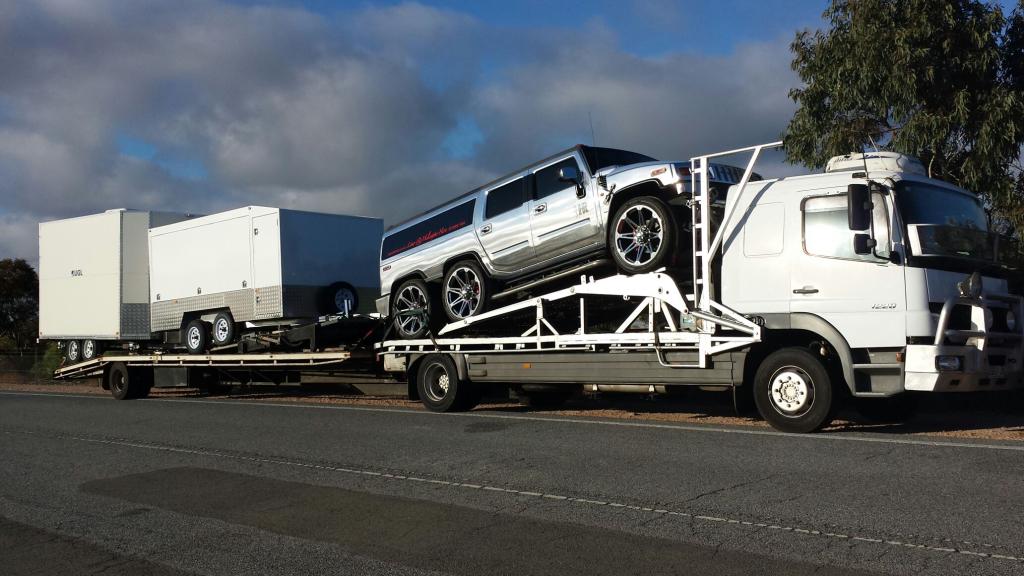Car carriers are the most efficient way to transport cars across the country. They are, essentially, large trucks that can pivot on one end to haul many more vehicles than a standard truck would be capable of.
Car carriers have been proven to be safer than other forms of vehicle shipment, such as moving a vehicle on an open flatbed trailer or shipping it via an enclosed carrier. This is because a standard car carrier truck has an extra layer of protection that enclosed and open-air trailers do not have – a strong undercarriage that’s designed to prevent damage done to your vehicle during transit. It’s also fitted with airbags all across its bed which act as shock absorbers when driving over bumpy roads, in turn preventing your cars from getting damaged.
A typical car carrier hauls 24-30 cars, which have been carefully removed from their original packaging and then loaded into metal cages or cradles. They have braces that are designed to absorb any shocks during transport. The cradles are also specially padded so that even if a bump does occur, it won’t cause damage to the vehicles inside them–most car carriers will only result in scratches at worst.
Before being placed onto the car carrier itself, previous damage to each vehicle is assessed by an inspector. These inspections often include checking for corrosion, damage to the lights and other external components (such as mirrors), dents, etc. The vehicles loaded onto car carriers are then weighed to ensure they do not exceed the maximum weight allowance.
The proper weight limit must be observed because these vehicles are pinned down to metal cradle beams with large chains; if too many cars are loaded on the car carrier, the chains may break under pressure and cause a runaway accident. Also, if too much damage occurs enroute because of excess weight, it will cost trucking companies more money to dispose of/repair cars than they would have lost had they simply followed safety precautions in the first place.
Car carriers typically travel during the day so that all drivers can be well-rested before unloading. While several cars do fall off while being maneuverer onto ships or ferries, very few have been known to fall off car carriers. Unloading begins when a ramp is located near a dock. The cradles are then unlocked from the chains and lowered onto the ramp to ensure that they won’t be damaged when being set down.
Eventually, the car carrier reaches its destination and begins unloading. Car carriers can turn into standard trucks at this point by removing their cradles and then fitting them into a standard truck frame. Due to their sheer size, car carriers take up two lanes of traffic on streets to not block traffic. They also require special garages because many streets simply don’t have enough space for them. Once parked, they are often used as cheap housing until they are ready to be transported again–sometimes even as far as overseas! This move is known as “rehoming” and sometimes encourages local governments to reduce congestion on already crowded streets.
Originally posted 2022-01-20 10:11:50.

